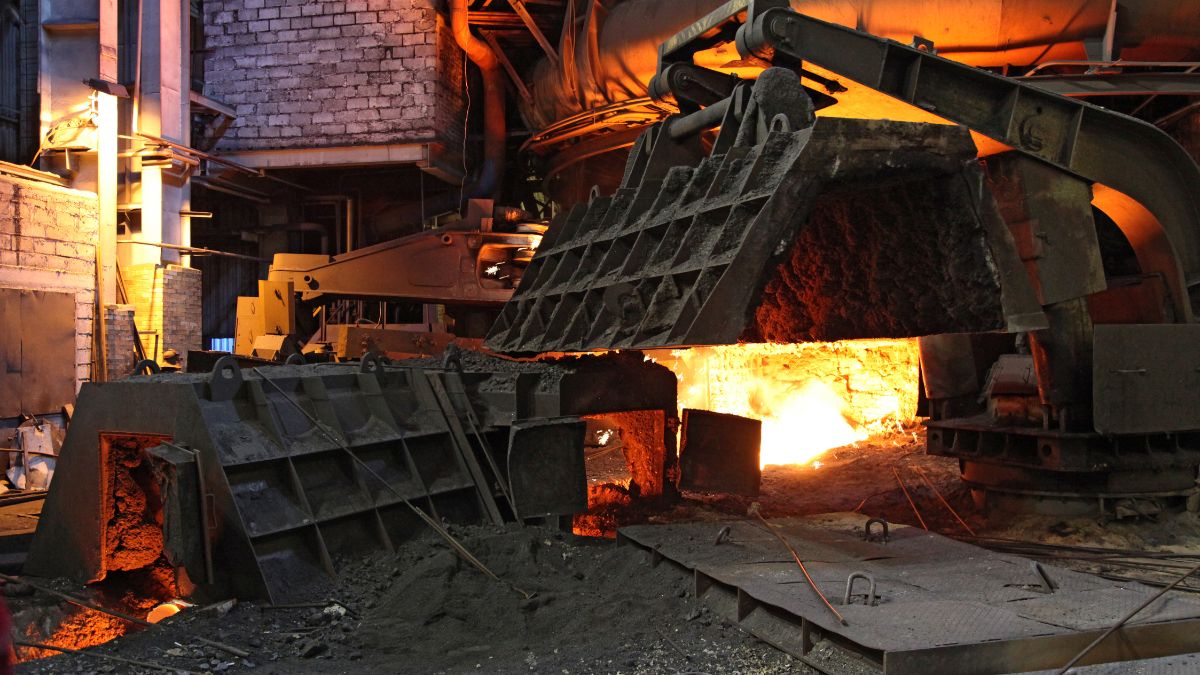Kalidasa (Classical Sanskrit Literature)
Kalidasa (Classical Sanskrit Literature)
The Iron and Steel Industry: Analyzing advancements in iron and steel production and their implications.

The Iron and Steel Industry: Analyzing advancements in iron and steel production and their implications.
In an era where the whispers of innovation meld seamlessly with the clamor of industry, the iron and steel sector emerges not just as a backbone of modern civilization but as a testament to human ingenuity’s relentless pursuit of progress. This narrative is not merely about the transformation of raw materials into the sinews and skeletons of our built environment; it is a saga of how advancements in iron and steel production are reshaping the world, imbuing it with strength, resilience, and a promise of sustainability that was once deemed a distant dream.
The journey of iron and steel production, from the smoky forges of ancient blacksmiths to the sprawling, high-tech mills of today, is nothing short of awe-inspiring. It is a tale woven with threads of innovation, each twist and turn marking a leap forward in our quest to conquer the limitations of nature and craft a future unfettered by the constraints of the past. The modern advancements in this sector are not just incremental improvements but quantum leaps that have the power to redefine what is possible.
At the heart of this revolution lies the integration of cutting-edge technologies that have propelled the iron and steel industry into a new era. The adoption of electric arc furnaces (EAFs) is a case in point. These marvels of engineering have dramatically increased efficiency, reducing energy consumption and emissions by harnessing electricity to melt scrap metal and produce high-quality steel. The brilliance of this innovation lies not just in its environmental benefits but in its symbol of circular economy principles, turning waste into wealth and setting a new standard for sustainable production.
Furthermore, the introduction of advanced metallurgical techniques has opened new horizons in material science. The development of ultra-high-strength steels, lighter yet stronger than their predecessors, is revolutionizing industries from automotive to construction. Vehicles are becoming safer and more fuel-efficient, while buildings and bridges are achieving unprecedented levels of durability and design flexibility. This metamorphosis of materials is not just enhancing the functionality and lifespan of products but is also significantly reducing the carbon footprint of their production and use.
The implications of these advancements extend far beyond the confines of the industry itself. They are catalysts for economic growth, drivers of innovation, and cornerstones of a sustainable future. The iron and steel industry’s evolution reflects our collective resolve to build a world that can withstand the challenges of the 21st century and beyond—a world where the marvels of human creativity and the principles of sustainability walk hand in hand.
As we stand on the brink of what might be termed the golden age of metallurgy, it is clear that the iron and steel industry’s journey is far from over. With ongoing research into even more efficient production methods, such as hydrogen-based steelmaking, and the exploration of new materials with extraordinary properties, the future holds untold possibilities.
In this narrative of progress, every furnace lit, every steel beam forged, is a verse in an ongoing epic of human achievement. The iron and steel industry, with its blend of tradition and innovation, stands as a monument to our unyielding spirit of exploration and improvement. It is a compelling reminder that, in the hands of humanity, even the most ordinary elements can be transformed into the building blocks of a future filled with awe and wonder.